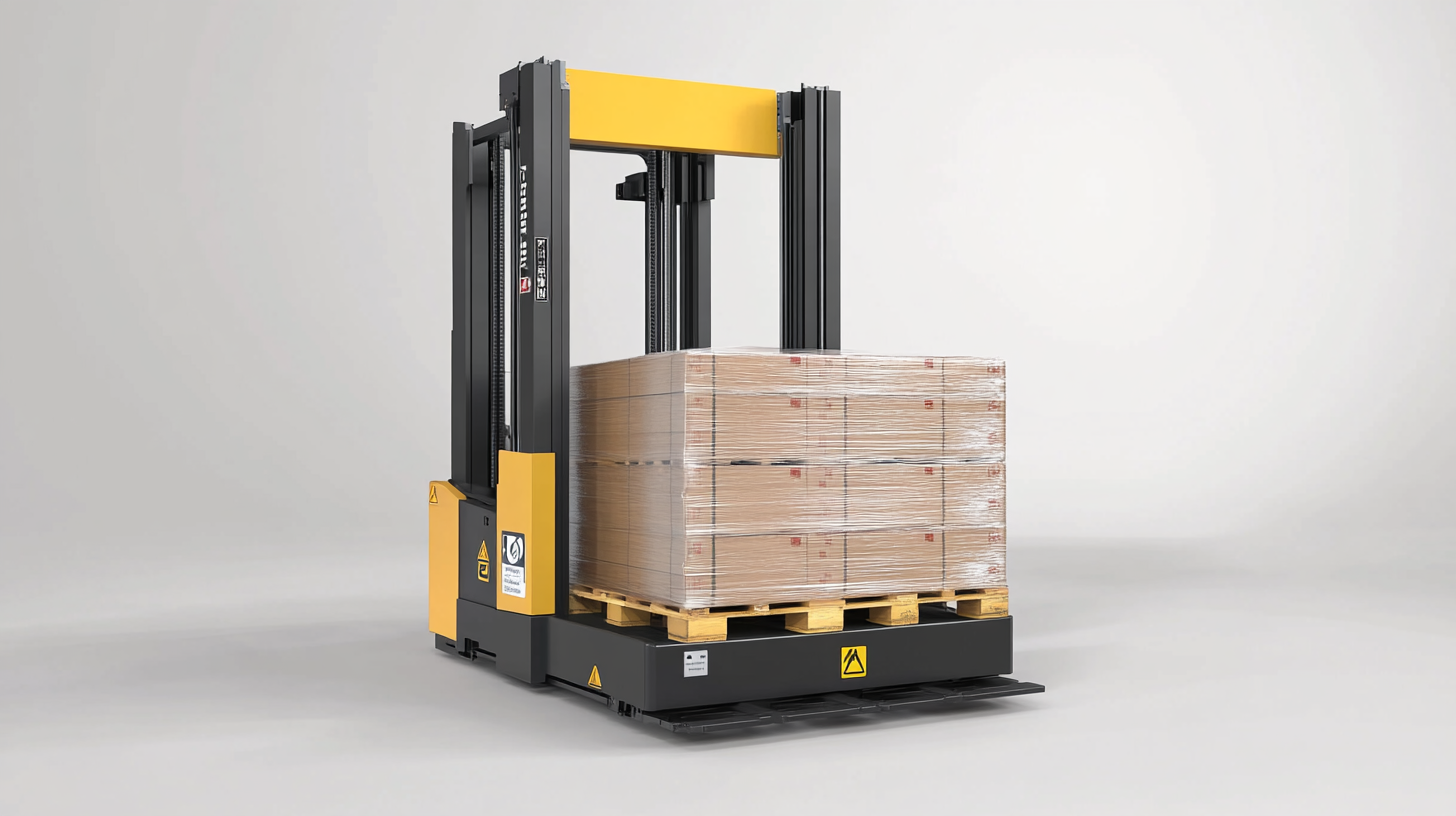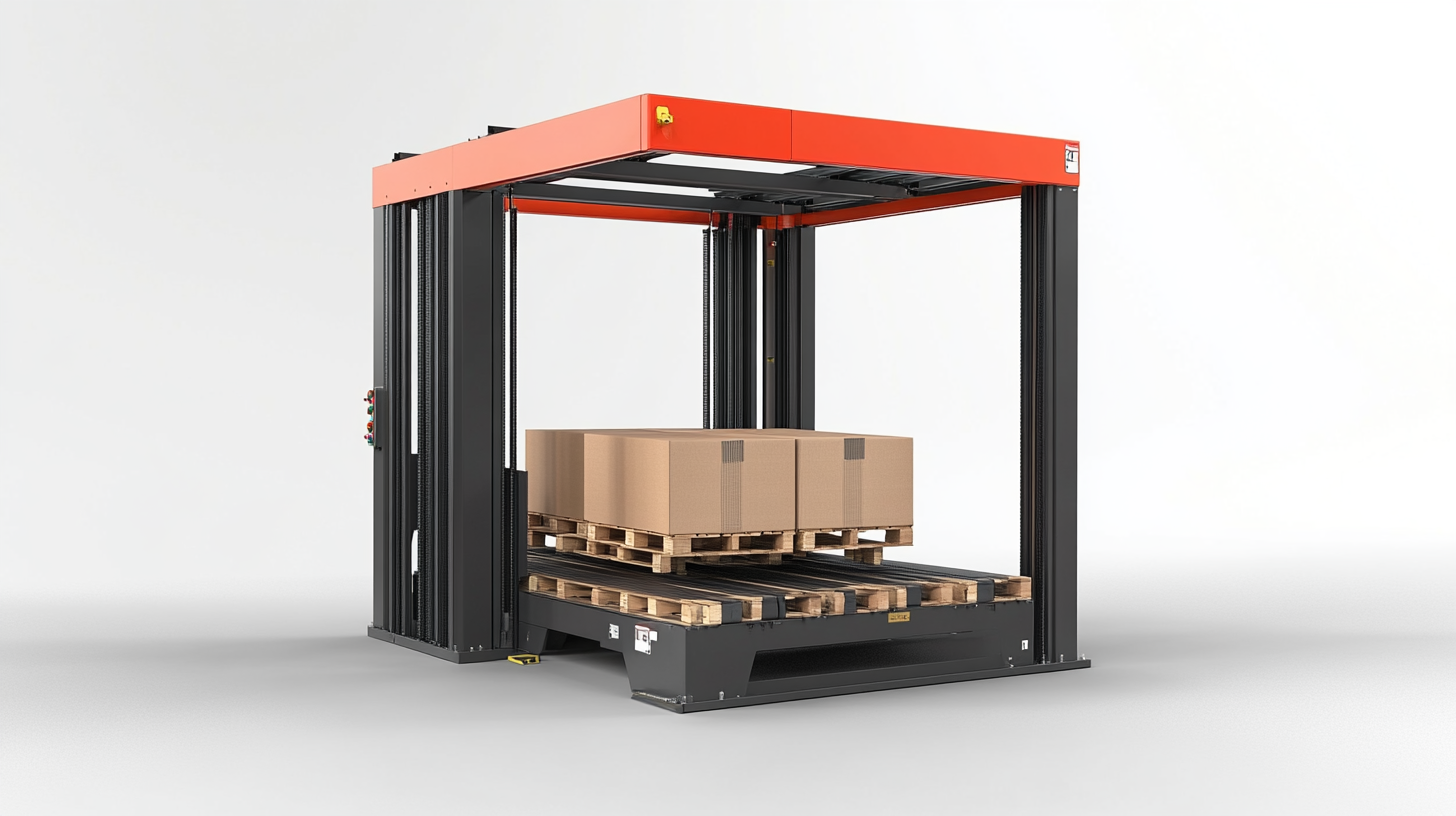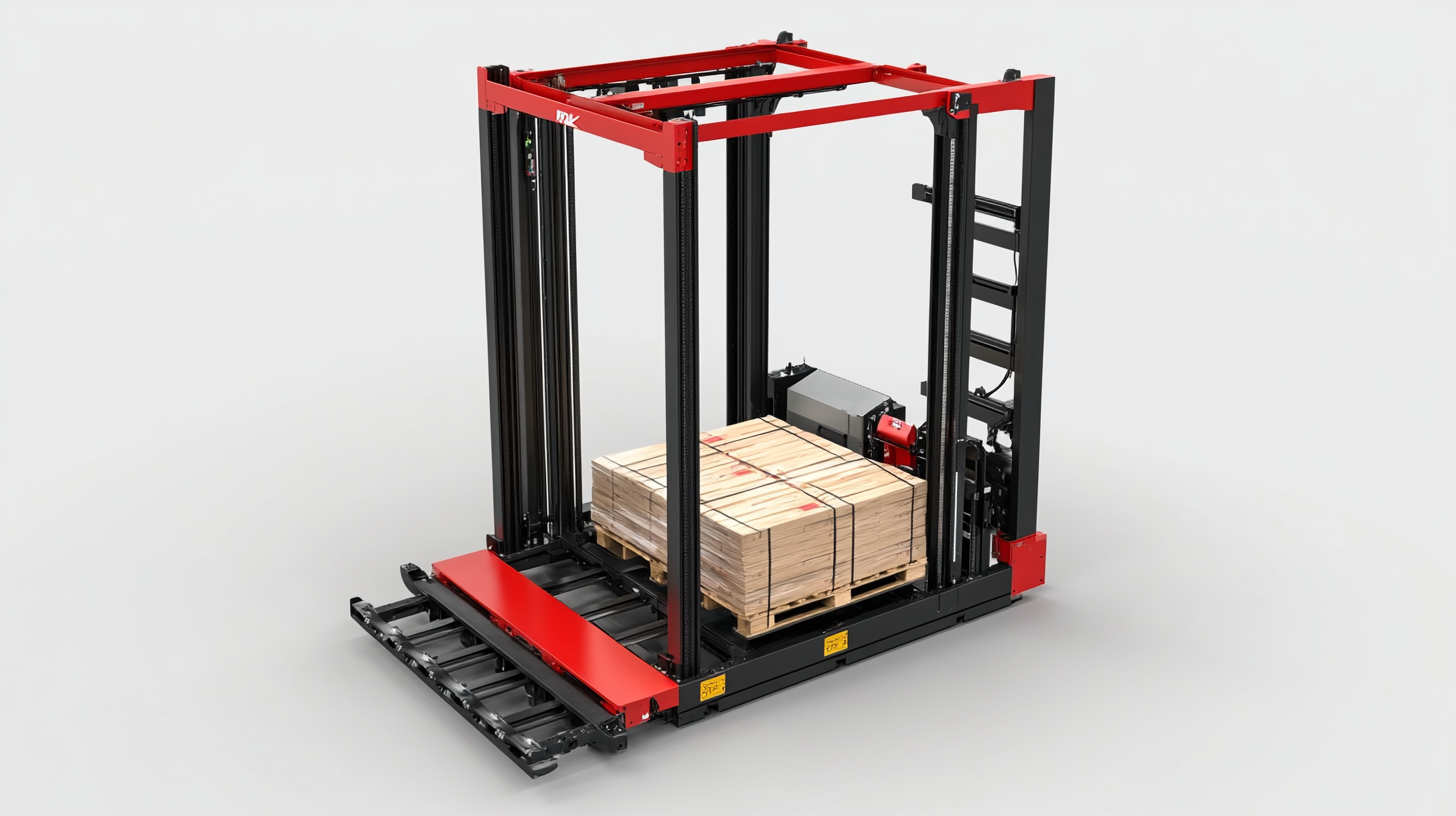A-B-C Blog
Maximizing Efficiency: The Ultimate Guide to Choosing the Right Pallet Dispenser for Your Business
In today's fast-paced supply chain landscape, maximizing efficiency is more crucial than ever for businesses looking to remain competitive. According to a report by the Warehousing Education and Research Council (WERC), warehouse efficiency can increase by up to 29% when optimal equipment is utilized. One piece of equipment that is gaining traction in modern warehouses is the Pallet Dispenser. This innovative tool automates the pallet handling process, reducing manual labor and minimizing product damage, which ultimately leads to lower operating costs.
The rising demand for streamlined logistics and efficient inventory management has made the choice of the right Pallet Dispenser a significant factor in operational success. A study by Deloitte predicts that 79% of supply chain professionals will prioritize automation technologies in their businesses by the end of the decade. This shift underscores the necessity for companies to evaluate their material handling options closely. By selecting the best Pallet Dispenser tailored to specific operational needs, businesses can enhance their workflow, reduce downtime, and improve overall productivity in an increasingly automated industry.

Understanding Different Types of Pallet Dispensers Available in the Market
When considering the right pallet dispenser for your business, it's essential to understand the various types available in the market. Pallet dispensers are the backbone of efficient supply chain management, enabling seamless stacking and retrieval of pallets in warehouses and manufacturing facilities. By analyzing the market trends, particularly in the global wood pallets sector projected to reach USD 21.2 billion by 2033 with a CAGR of 4.6%, businesses can make informed decisions about their logistics equipment. The primary types of pallet dispensers include gravity-fed, semi-automatic, and fully automatic models. Gravity-fed dispensers use the principle of gravity to slide pallets into position, promoting continuous flow and minimizing labor costs. In contrast, semi-automatic dispensers offer a middle ground, requiring some manual intervention but significantly streamlining the process compared to traditional methods. Fully automatic dispensers, often integrated with advanced technology, allow for the most efficient pallet handling, reducing human error and increasing speed. Choosing the right type of pallet dispenser relies heavily on understanding your specific operational needs, including the volume of pallets processed and space constraints. With the growth of the wood pallets market, investing in the right pallet dispenser not only boosts efficiency but also positions your business to adapt to future changes in demand and logistics challenges.

Key Factors to Consider When Choosing a Pallet Dispenser for Your Business
When choosing a pallet dispenser for your business, several key factors can significantly influence your efficiency and productivity. First and foremost, consider the type and size of pallets you typically handle. Different dispensers are designed for specific dimensions and weight capacities, so selecting a model that accommodates your standard pallet sizes ensures seamless operations. Additionally, understanding your workflow is essential; for example, if your business requires rapid pallet dispensing, you may need a high-speed dispenser that can keep up with your demands.
Another crucial factor is the material and build quality of the pallet dispenser. Look for robust construction, particularly if your operation involves heavy pallets or harsh environments. A durable dispenser not only enhances safety but also reduces maintenance costs in the long run. Moreover, consider the dispenser's adaptability and compatibility with existing equipment—an ideal dispenser should integrate smoothly into your current setup without disrupting your logistics workflow.
Lastly, don't overlook the importance of user-friendliness and ergonomic design. A dispenser that is easy to operate and minimizes manual handling will contribute to a safer workplace and increase your team’s productivity. Investing in a pallet dispenser that prioritizes these factors will ultimately lead to enhanced operational efficiency, providing your business with the support it needs to thrive in a competitive market.

Benefits of Investing in the Right Pallet Dispenser for Operational Efficiency
Investing in the right pallet dispenser can significantly enhance operational efficiency in any business that handles inventory. A well-designed pallet dispenser streamlines the process of material handling, reducing the time and labor associated with pallet retrieval. By eliminating the need for manual lifting and stacking, businesses can minimize workplace injuries and boost employee productivity. The time saved can be redirected towards more strategic tasks, improving overall workflow and output.
Moreover, a suitable pallet dispenser not only boosts efficiency but also optimizes space utilization in warehouses. By ensuring that pallets are stored and accessed in a systematic manner, businesses can maximize their storage capabilities and decrease clutter. This organization leads to quicker inventory management, allowing employees to locate products swiftly and fulfill orders with greater accuracy. Enhanced organization ultimately contributes to better customer service as orders are processed and shipped more promptly.
Additionally, investing in advanced pallet dispensers often comes with automated features that further increase efficiency. These systems can help track inventory levels and notify when restocking is necessary, preventing potential delays in the supply chain. By choosing the right pallet dispenser tailored to specific business needs, companies can achieve not only efficiency but also sustainability through reduced waste and improved resource management.

How to Measure Your Space and Inventory Needs for Optimal Pallet Dispensing
When it comes to optimizing your supply chain operations, choosing the right pallet dispenser can make all the difference. However, before making a substantial investment, it's crucial to measure your space and assess your inventory needs. Understanding these two components will ensure that you select a dispenser that not only meets your operational demands but also fits seamlessly into your existing workflow.
Start by evaluating your available warehouse space. Measure the height, width, and depth of the area where the pallet dispenser will be located. Consider factors such as clearance for forklift access and any potential obstructions, like shelving or pillars. Additionally, think about the layout of your warehouse. If your operation involves frequent movement of goods, ensuring the dispenser is easily accessible will enhance overall efficiency. Creating a simple sketch can help visualize the layout and make informed decisions based on spatial constraints.
Next, assess your inventory needs. Consider the types of products you handle, their sizes, and how often they are moved in and out of your facility. This evaluation will inform you of the pallet sizes and types that are most suitable for your operations. Moreover, reflect on your dispensing rates—how quickly pallets need to be accessed for order fulfillment. A well-chosen pallet dispenser will streamline these processes, allowing for quicker turnarounds and less time spent on manual handling. Understanding your specific requirements will lead you toward a solution that perfectly balances efficiency and space utilization.
Maintenance Tips for Keeping Your Pallet Dispenser Running Smoothly and Efficiently
Maintaining a pallet dispenser is crucial to ensure it operates smoothly and efficiently in your business. Regular maintenance not only prolongs the lifespan of the equipment but also enhances productivity. One vital tip is to perform routine inspections. Look for signs of wear and tear, such as frayed belts or loose screws. Addressing these minor issues before they escalate can save time and reduce repair costs down the line.
Another essential aspect of maintenance is lubrication. Regularly lubricate moving parts according to the manufacturer's instructions to minimize friction and prevent breakdowns. Pay special attention to pivot points and any other areas that experience frequent movement. Additionally, cleaning the dispenser thoroughly is key. Dust and debris can accumulate over time, leading to performance issues. Implementing a cleaning schedule ensures that the dispenser remains in top condition, reducing the risk of malfunctions and ensuring smooth operation throughout the workday.
Finally, training your staff on proper usage and maintenance practices can greatly impact the efficiency of the pallet dispenser. Ensure that employees understand how to operate the machinery correctly and are aware of the importance of maintenance checks. By fostering a culture of care and responsibility around your equipment, you can maximize its efficiency and contribute to smoother warehouse operations.







